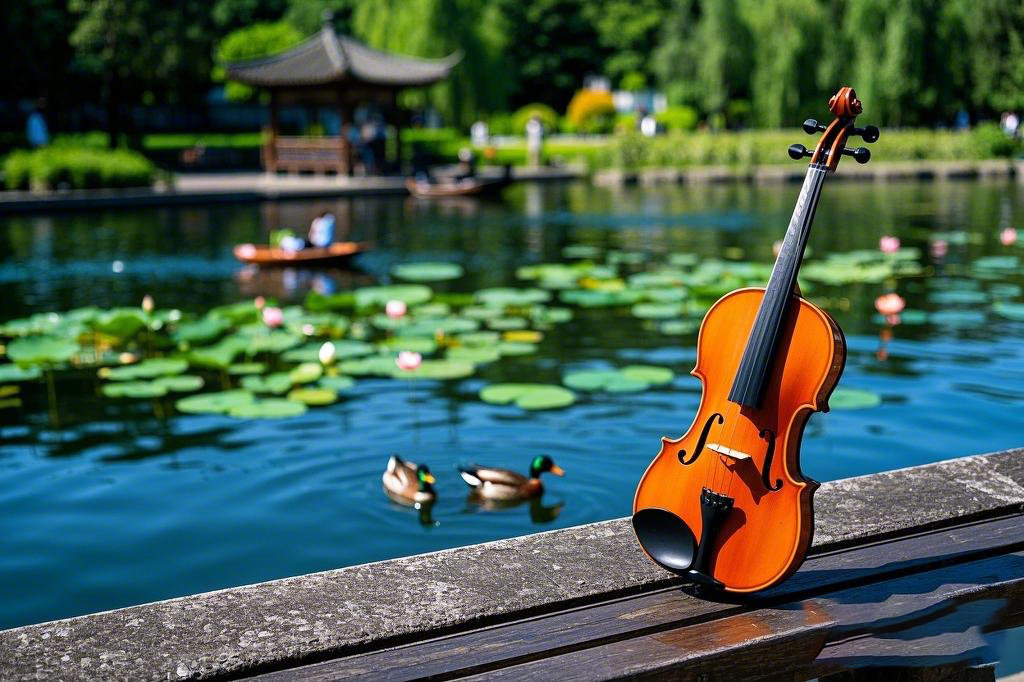The Sight-Singing Shortcut_ Techniques Used in Chinese Music Schools
Shang Kun 2025-06-12 126
Master the Art of Sight-Singing in Chinese Music SchoolsHave you ever wondered how skilled musicians effortlessly read and sing unfamiliar music? The secret lies in mastering the technique of sight-singing, an essential skill for any musician. In Chinese music schools, sight-singing isn't just a technical exercise; it's a key part of building a deeper connection with music. But here's the catch—many students struggle to get it right, despite spending hours practicing scales or rhythm exercises. So, what’s the best way to learn sight-singing, and how can Chinese music schools help students conquer this challenge?
The Common Struggle with Sight-SingingSight-singing is a crucial aspect of music education, yet many students often find it overwhelming. The problem isn’t a lack of effort but rather the difficulty in linking visual musical notation with sound production. In Chinese music schools, this issue can be amplified by the unique challenges of interpreting traditional Chinese music notation, which requires a distinct approach compared to Western systems. With the growing emphasis on both classical and contemporary music training, students may find themselves caught between different musical languages, leading to frustration and confusion.

What Is the Solution?To truly excel at sight-singing, students need a structured approach that aligns with the traditional practices of Chinese music while adapting to modern techniques. Chinese music schools are beginning to implement more effective methods, including “The Sight-Singing Shortcut,” a set of techniques designed to improve reading and interpreting music quickly and accurately. These techniques go beyond simply memorizing the notes—they teach students how to break down complex musical passages into manageable segments, enabling them to sight-sing with confidence.
What makes this shortcut so effective? It combines a thorough understanding of rhythm, pitch, and melodic structure, all while integrating the specific nuances of Chinese music, such as microtonal scales and ornamentation. By focusing on patterns rather than isolated notes, students develop a strong foundation that helps them tackle more advanced pieces with ease. But it doesn’t stop there. To ensure lasting improvement, students also need to practice regularly with real-world examples, gradually increasing the difficulty of the material they are working with.
Why It’s Worth the EffortMastering sight-singing doesn’t just make you a better musician—it deepens your overall musical understanding. In Chinese music, where melody and rhythm often intertwine, the ability to read music at sight opens doors to greater musical expression and a more authentic performance. As students work through exercises using “The Sight-Singing Shortcut,” they not only improve their technical skills but also enhance their emotional connection to the music itself.
So, if you’ve been struggling with sight-singing or want to take your skills to the next level, it’s time to embrace these proven techniques. Whether you’re a beginner or a seasoned musician, the shortcut could be the key to unlocking your full potential. It’s time to stop feeling stuck and start making music with confidence.
If you’re interested in personalized lessons, Chinese violin teacher Shang Kun offers one-on-one, offline or online courses that can guide you through this process step by step, helping you master sight-singing with tailored attention.
